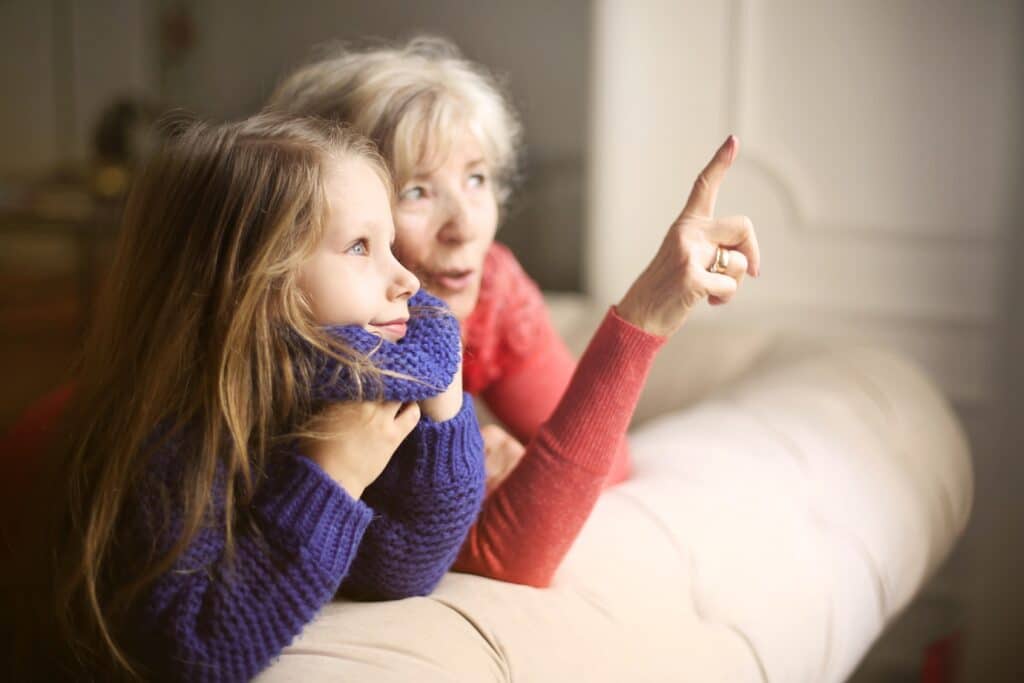The world is failing women and girls, according to a new United Nations (UN) report that shows current trends are falling behind the Agenda for Sustainable Development’s goal to achieve gender equality by 2030.
Launched today, the UN Women and UN DESA “Progress on the Sustainable Development Goals: The gender snapshot 2023”, warns that more than 340 million women and girls- an estimated 8 per cent of the world’s female population- will live in extreme poverty by 2030, and close to one in four will experience moderate or severe food insecurity.
Unless more investment is put towards women’s empowerment, the next generation of women will still spend an average of 2.3 more hours per day on unpaid care and domestic work than men.
Current progress is keeping the gender gap in power and leadership positions entrenched as well, according to the data.
The UN’s annual publication provides a comprehensive analysis of the current state of gender equality across 17 Sustainable Development Goals (SDGs), with no indicator at the “target met or almost met” level.
For the first time, this year’s report includes sex-disaggregated data on the intersections of gender and climate change. The data projects that by mid-century, climate change may push up to 158.3 million more women and girls into poverty (16 million more than the total number of men and boys) if the worst-case climate scenario is reached.
“A resounding call to action” is what the UN Women Deputy Executive Director, Sarah Hendricks has described as this year’s report.
“We must collectively and intentionally act now to course-correct for a world where every woman and girl has equal rights, opportunities, and representation,” she said, adding that “to achieve this, we need unwavering commitment, innovative solutions, and collaboration across all sectors and stakeholders.”
The figures show an additional USD 360 billion investment per year towards women’s empowerment is needed to achieve gender equality by 2030.
At the moment, only 27 countries have comprehensive systems to track and make budgetary allocations for gender equality and women’s empowerment.
No country is within reach of eradicating intimate partner violence, despite 245 million women and girls aged 15, and older, around the world, having been victims of physical and/or sexual violence perpetrated by an intimate partner.
This year’s report also has a special focus on older women, who face higher rates of poverty and violence than older men. In 28 of the 116 countries with data, fewer than half of older women have a pension, and in 12 countries fewer than 10 per cent had access to a pension.
Globally, the gender earnings gap remains– for each dollar men earn, women earn only 51 cents. And only 61.4 per cent of prime working age women are in the labour force, compared to 90 per cent of prime working age men.
An estimated 110 million girls and young women around the world will be out of school in 2030.
The amount of women and girls in conflict-affected contexts has risen significantly as well, with the numbers reaching 614 million in 2022– this is 50 per cent higher than the number in 2017.
Speaking on the report’s these worrying figures, Assistant Secretary-General for Policy Coordination and Inter-Agency Affairs of UN DESA, Maria-Francesca Spatolisano said that gender equality is “the very foundation of a fair society, and a goal upon which all other goals must stand.”
“By breaking down the barriers that have hindered the full participation of women and girls in every aspect of society, we unleash the untapped potential that can drive progress and prosperity for all.”


